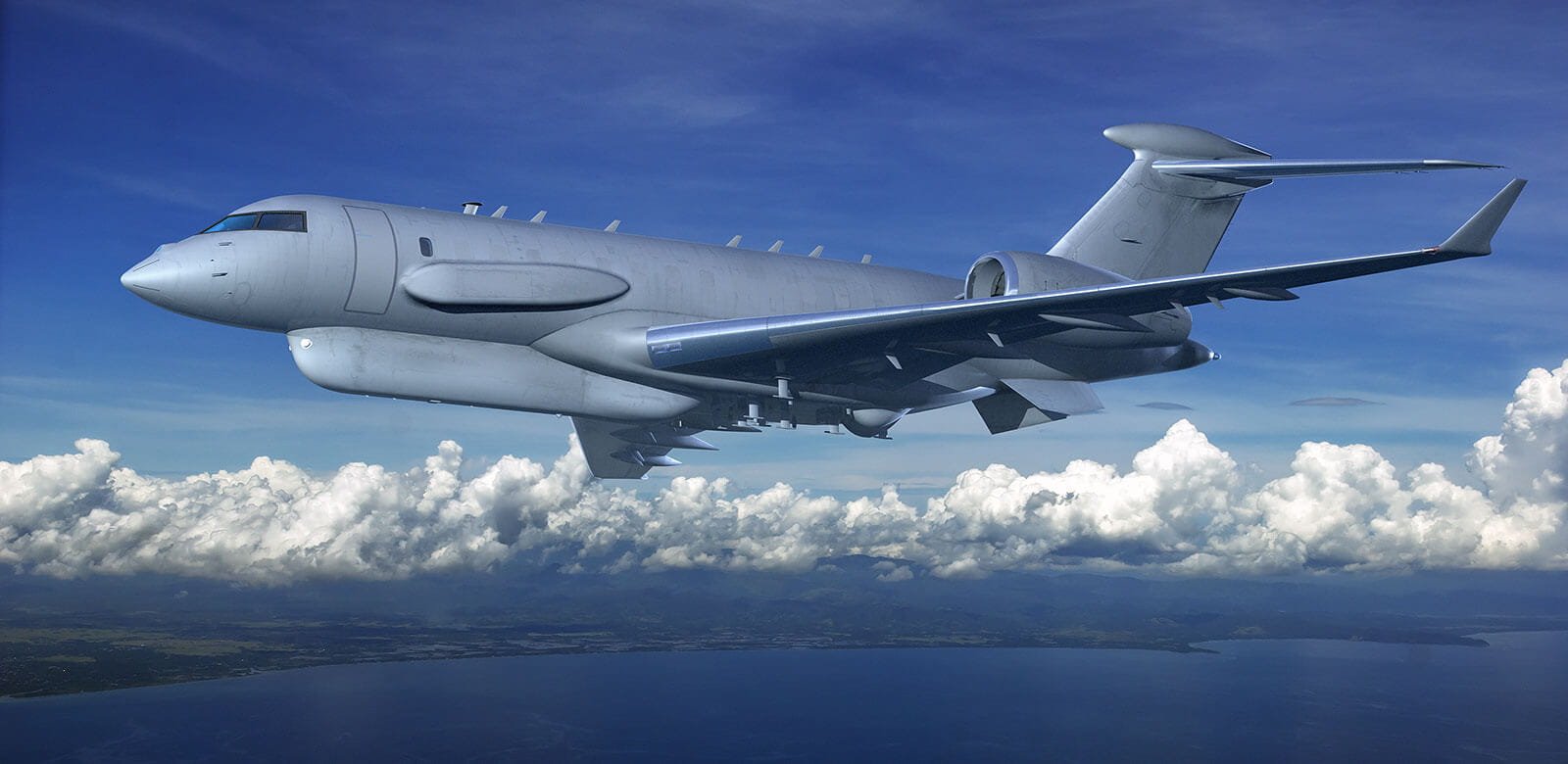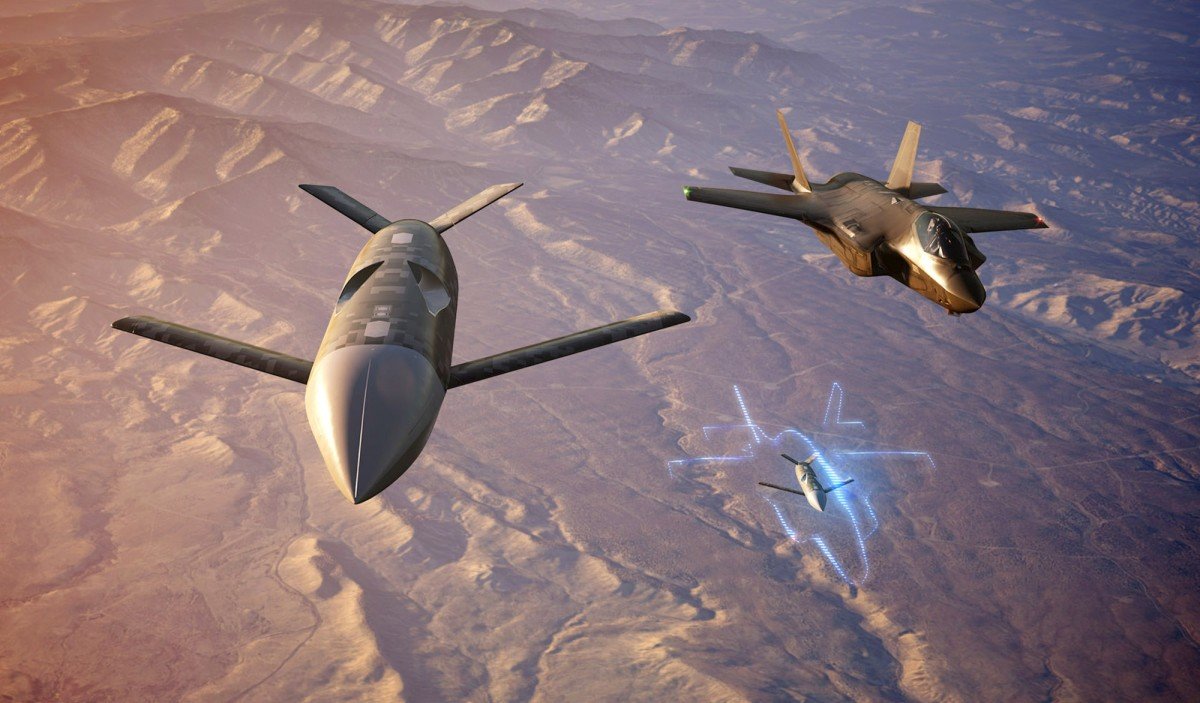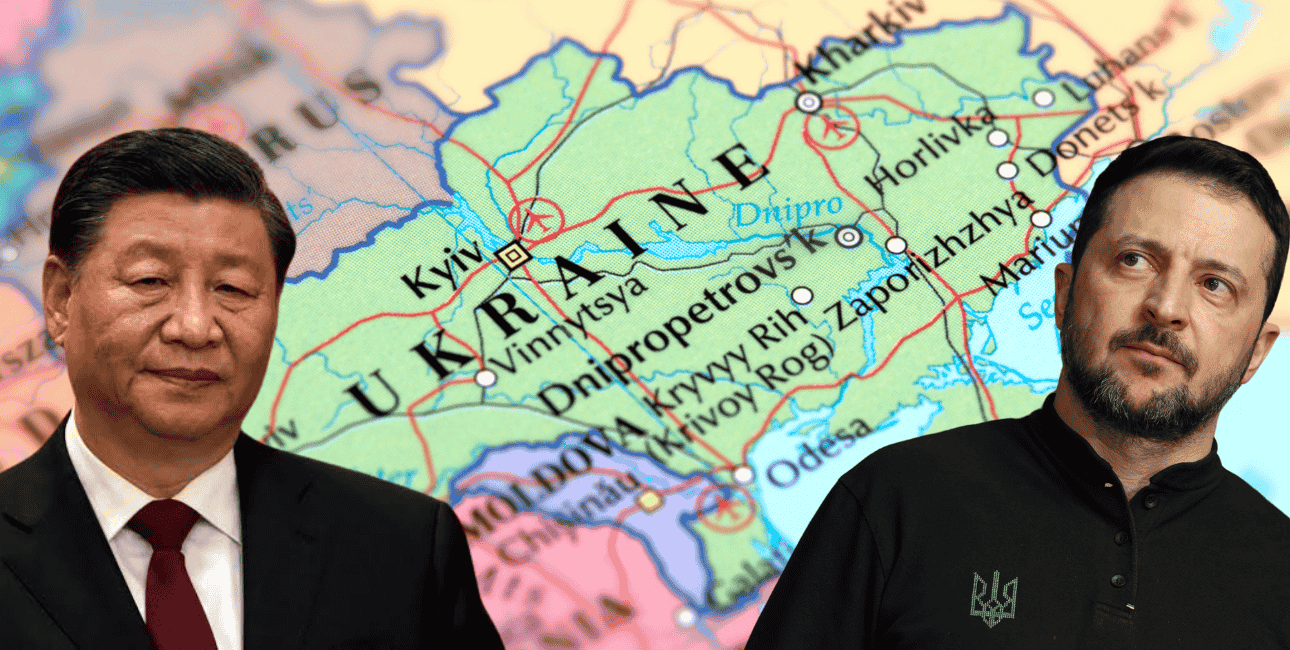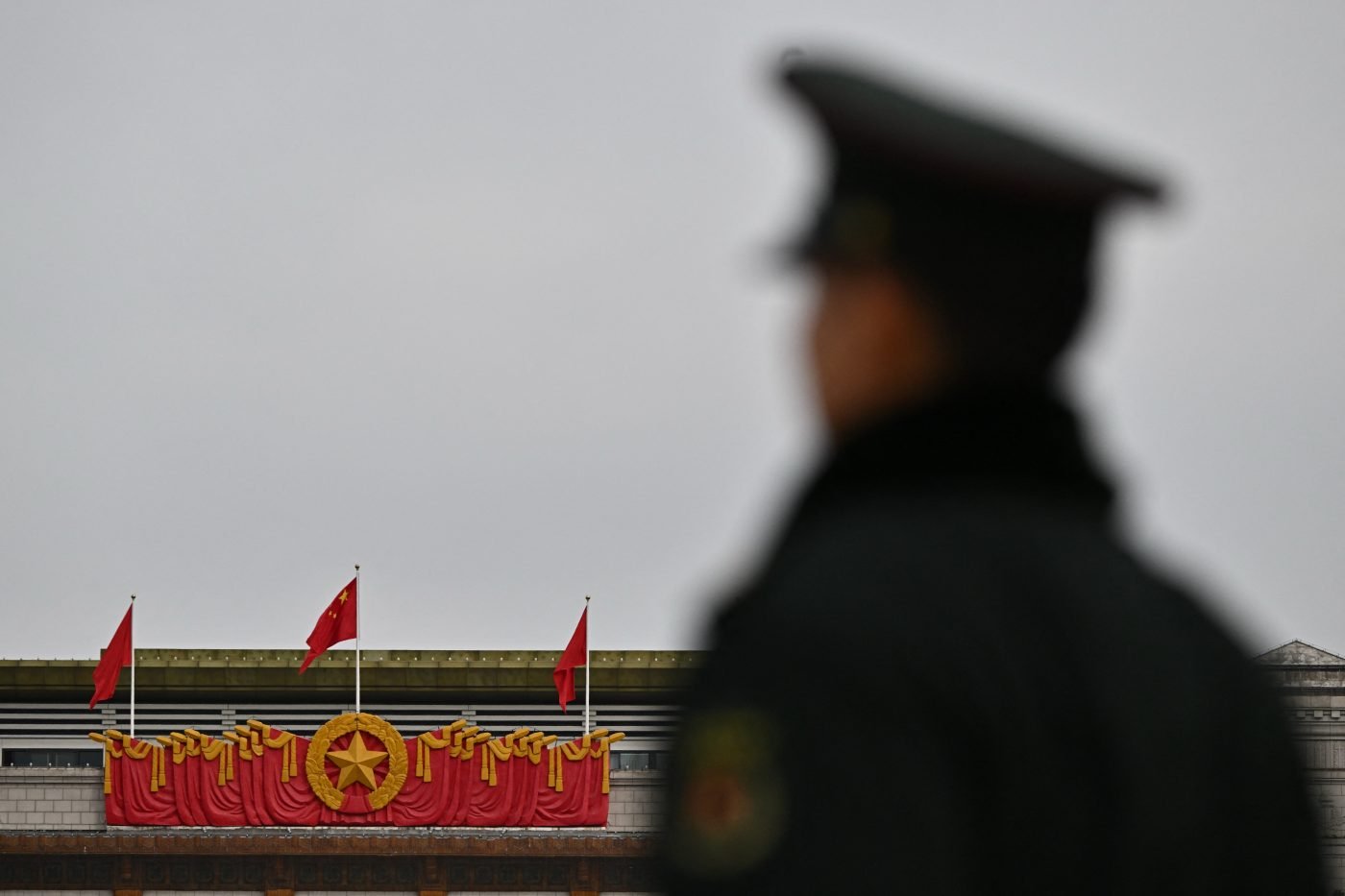The Indian Air Force (IAF) is set to significantly enhance its surveillance and precision strike capabilities with the procurement of three Intelligence, Surveillance, Target Acquisition, and Reconnaissance (ISTAR) aircraft under a project worth Rs 10,000 crore ($1.2B).
The Defence Acquisition Council (DAC), chaired by Defence Minister Rajnath Singh, granted the “Acceptance of Necessity” (AoN) for this initiative on July 3, 2025, as part of a broader Rs 1.05 lakh crore defense modernization package.
These advanced platforms integrate cutting-edge sensors, communication systems, and artificial intelligence to deliver real-time intelligence, enabling precise battlefield surveillance and strike coordination.
The IAF aims to induct three state-of-the-art ISTAR aircraft, blending global aviation platforms with indigenous sensor technology developed by the Defence Research and Development Organisation (DRDO).
The induction would position India among a select group of nations with elite air-to-ground surveillance capabilities.
Understanding ISTAR
A New Class of Airborne Intelligence: ISTAR is not a single system, but an integrated suite of advanced sensors and processing systems mounted on a long-range, high-endurance aircraft.
It combines multiple intelligence disciplines, electro-optical, radar, signals intelligence (SIGINT), and electronic intelligence (ELINT), to provide commanders with a comprehensive battlefield picture. Unlike conventional reconnaissance or surveillance aircraft, ISTAR systems go beyond just collecting data.
They analyze and fuse it in real-time using AI and advanced analytics, enabling actionable intelligence to be delivered to frontline units and command centers with speed and precision.
The Strategic Imperative For ISTAR
In the rapidly evolving landscape of modern warfare, information superiority is a critical determinant of success. ISTAR aircraft serve as force multipliers by providing real-time intelligence, surveillance, target acquisition, and reconnaissance capabilities.
Equipped with advanced sensors, these platforms provide commanders with actionable data, enabling them to make precise decisions in complex battle environments.
For the IAF, operating in a volatile geopolitical region marked by ongoing tensions, ISTAR aircraft are indispensable for monitoring enemy movements, tracking high-value targets, and coordinating precision strikes from stand-off ranges.
The urgency for such capabilities was underscored by pivotal events, including the 2019 Balakot airstrike, which highlighted the need for enhanced situational awareness, and the 2020 Chinese aggression along the Line of Actual Control, which exposed gaps in real-time battlefield intelligence.
The ISTAR program aligns with India’s broader strategic objectives, including the “Make in India” initiative, which emphasizes self-reliance in defense technology.
By integrating indigenous sensor systems with globally sourced aircraft platforms, the IAF aims to bolster its operational effectiveness while fostering domestic innovation, positioning India as a formidable player in military aviation.

Historical Context
India’s pursuit of ISTAR capabilities began in 2013, with initial plans to procure aircraft from Raytheon on Gulfstream platforms. However, bureaucratic challenges delayed the project.
A 2017 proposal to acquire two ISTAR aircraft through a US Foreign Military Sales deal, valued at approximately $1 billion, also faced delays due to cost and technical concerns.
These setbacks underscored the complexities of balancing indigenous development with global procurement, a challenge that the current program seeks to address. The current program reflects a maturing defense ecosystem with streamlined processes and a clear focus on operational urgency.
ISTAR Program
The forthcoming ISTAR project, valued at Rs 10,000 crore, involves acquiring three aircraft from global aviation manufacturers, likely Boeing or Bombardier, which will be fitted with indigenous sensors and electronic systems developed by DRDO’s Centre for Airborne Systems (CABS).
These systems, already tested for efficacy, represent a significant leap in India’s defense technology capabilities.
The following are relevant aspects of the ISTAR program.
Operational Parameters: The aircraft will operate at a minimum ceiling of 40,000 feet with an endurance of at least eight hours, ensuring sustained surveillance over vast areas. This high-altitude capability allows the platforms to maintain a broad operational footprint.
Sensor Suite. The aircraft will feature:-
- Synthetic Aperture Radar (SAR) with a range of ≥200 km, enabling high-resolution imaging of ground targets, even through cloud cover or darkness.
- Ground-Moving Target Indicator (GMTI) with a range of ≥150 km, capable of detecting and tracking moving objects on the battlefield.
- Electro-optical/Infrared (EO/IR) Sensors for day/night operations in complex terrains, providing visual and thermal imaging for target identification.
- Artificial Intelligence and Machine Learning (AI/ML) algorithms for image intelligence, automatic target recognition, and change detection, enhancing the speed and accuracy of data analysis.
Communication Systems. The platforms will be equipped with high-data-rate line-of-sight (LOS) and satellite communication (SATCOM) links, facilitating seamless data sharing with other assets, including satellites, unmanned aerial vehicles (UAVs), and ground-based command centers. This connectivity is critical for integration with the IAF’s Integrated Air Command and Control System (IACCS), enabling real-time coordination across multiple domains.
Ground Segment. The program includes two fixed and four transportable ground exploitation systems for processing and disseminating data, ensuring actionable intelligence reaches commanders swiftly.
Platform. The aircraft are likely to be based on modified commercial jets, such as the Bombardier Global Express or Airbus A319, tailored for military applications. These platforms offer a balance of range, endurance, and payload capacity, making them ideal for ISTAR missions.
The IAF expects delivery within 60 months (five years) from contract signing, with DRDO’s prior testing of sensor systems expediting integration.
A 1:32 scale model of the indigenous ISTAR platform, based on a pre-owned Airbus A319, was showcased at Aero India 2023, underscoring India’s commitment to blending global and domestic technologies.
Strategic Significance
The ISTAR aircraft will revolutionize the IAF’s approach to network-centric warfare, enabling real-time, multi-faceted intelligence that enhances precision and reduces collateral damage.
By integrating with the IACCS, these platforms will create a cohesive operational picture, coordinating assets across air, ground, and space domains. This capability is particularly critical in India’s regional context, where operations like Operation Sindoor against Pakistan require rapid, calibrated responses without breaching hostile airspace.
Globally, the ISTAR program would position India among an elite group of nations, including the United States, the United Kingdom, and Israel, with advanced air-to-ground surveillance capabilities.
The platforms will enhance India’s deterrence posture, providing the ability to monitor and neutralize threats with unparalleled accuracy. The emphasis on indigenous sensor development also aligns with India’s self-reliance goals, reducing dependence on foreign suppliers and positioning the country as a potential exporter of defense technology.
Challenges
Despite its promise, the ISTAR program faces several challenges. Addressing these challenges will be critical to ensuring the program’s success and operational readiness by 2030.
Vulnerability: ISTAR platforms are high-value targets for adversaries. For instance, Indo-Russian BrahMos missile variants are being developed to counter similar enemy platforms, highlighting the need for robust defensive measures, such as electronic countermeasures and stealth features.
Procurement Delays: Past delays due to bureaucratic hurdles and disagreements between the DRDO and the IAF underscore the importance of streamlined processes. The ongoing global tendering for aircraft platforms requires careful vendor selection to ensure compatibility with DRDO systems.
Integration Complexity: Seamlessly integrating indigenous sensors with global platforms demands rigorous testing and validation to avoid operational bottlenecks.
Cybersecurity: The reliance on real-time data sharing necessitates robust cybersecurity protocols to protect against hacking and data breaches.
Human Capital: Operating and maintaining ISTAR systems requires a cadre of highly trained analysts, technicians, and mission planners.
Conclusion
The IAF’s ISTAR aircraft program represents a bold step toward redefining India’s military capabilities in the 21st century.
By combining advanced global platforms with cutting-edge indigenous technology, the program addresses urgent operational needs while advancing India’s self-reliance in defense.
Expected to be operational by 2030, the three ISTAR aircraft are expected to provide the IAF with unmatched surveillance and strike coordination capabilities, positioning India among an elite group of nations with advanced ISTAR systems.
Despite challenges, including procurement delays and platform vulnerabilities, the program’s strategic importance cannot be overstated.
As India navigates a complex security landscape, the ISTAR aircraft will serve as a linchpin of its network-centric warfare strategy, ensuring operational superiority and reinforcing its stature as a global military power.
- Air Marshal Anil Khosla is a former Vice Chief of Air Staff (VCAS) of the Indian Air Force and AOC in C of Eastern Air Command.
- He tweets at: @AnilKhosla16






